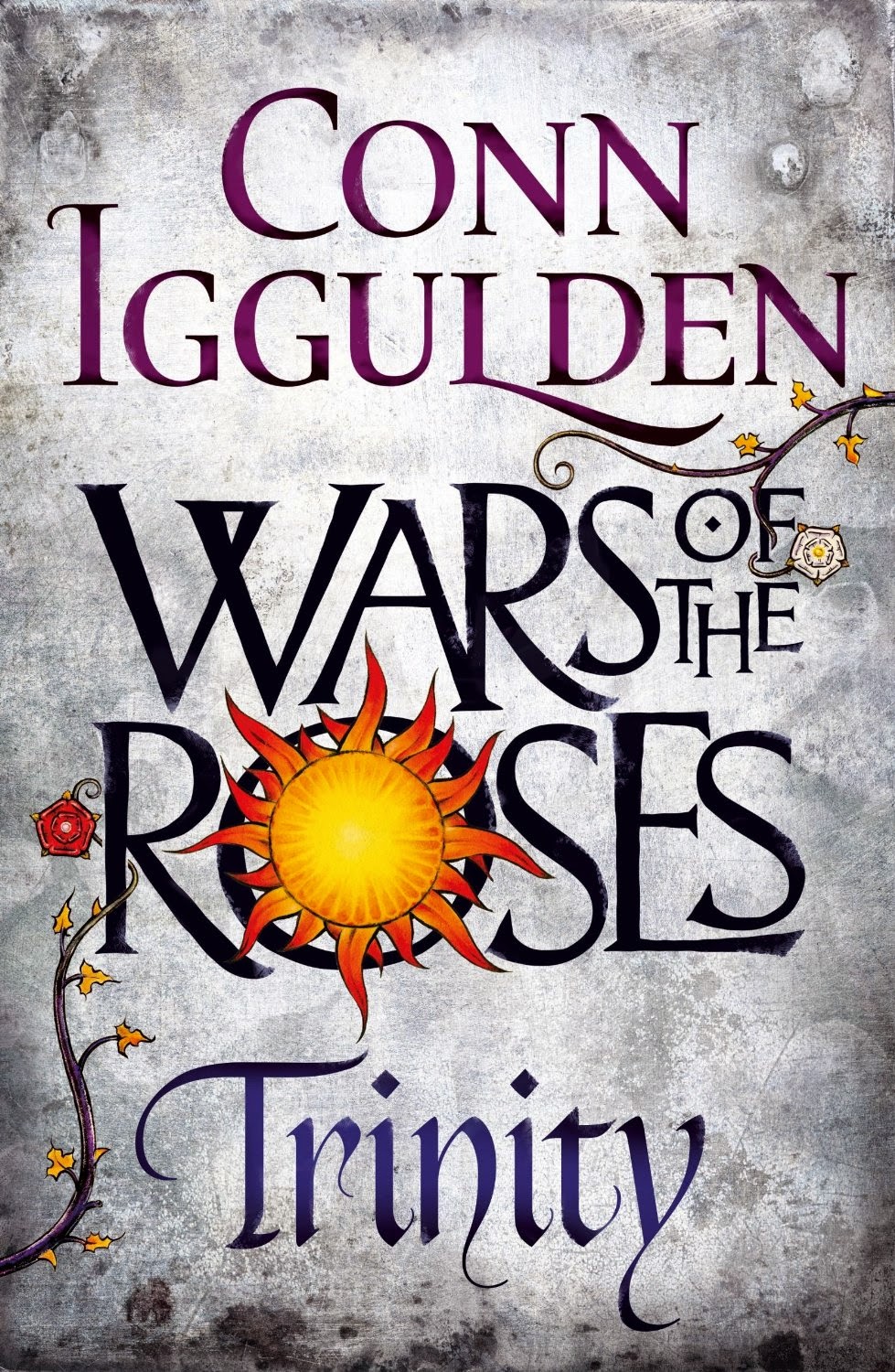Does Editing a Manuscript Get it Published? Part 3 of 12
Editing is a fine art and one that doesn’t take talent, but hard work. A lot of hard work. This means simply put, that you rip apart whatever you wrote in a first draft and rewrite it, making it better.
Of course this is a theory that i am still learning. I tend to over edit. I worry and fret over a sentence,w hen I should work on the “big” picture, or paragraph. I suspect I get too detail oriented and worry about little things.
What about plot? Well, it worked in the first draft… but it’s not such a good plot… oh perhaps it needs a change. I could go on with this, the point being many people, myself included probably want to go the easiest way to editing, that is little or none. I suspect that there are hundreds of books out on the subject to making a first draft so wonderful it just need copy editing.
A friend gave me a book called First draft in 30 Days. The idea behind this book is that you get all your outline in such detail and the character outlines in such detail… you simply need to fill in the blanks all within 30 days. It’s a bit more detailed than that but that is how I saw what the author was trying to say.
I can say that no matter how many outlines I do, I still need to edit for plot or for characters. This might mean changing a chapter or even deleting the entire start. It cold also mean that three “needed” characters can be made into one.
I think there is no way around it, editing needs to be done. It makes the book better. All I can say is thank heavens for mentors who will tell me how bad the first draft (or second) truly is. Mentors and writing classes help, but it is up to one person to edit the work. The author.
You May Also Like

Are Dreams a Part of Writing?
August 7, 2011
Roses are Red
January 31, 2015
5 Comments
Cindy
In the last six months alone I’ve learned a ton about editing. I’ve learned that having a solid outline or at least steps to follow for a plot as well as a good first draft really help me. I believe I am a good editor but I am a TERRIBLE reviser. It helps so much to work hard at these things in the first draft so that the edit goes more smoothly and you can focus on the fine details that will make the book spectacular instead of lingering over giant details that might have to be completely altered or even taken out.
Rebecca
great commetn cindy, you’ve helped me with my editing.
Anyone who has teh time, please see cindy’s blog, it is full of great ideas.
Becky
Hey, this is an interesting series of posts. 🙂
I tend to copyedit last of all – or, by preference, get someone else to do it since I suffer from a kind of error blindness with reguards to what I’ve written. I think it’s because I know what’s supposed to be there. I also copyedit seperately from editing the story because I find checking my English requires a different head to my story editing head.
So my order of writing is something like
1. Outline
2. Write a (very bad) first draft
3. Put on a shelf
4. Edit
5. Shelf again
6. Edit
7. Repeat until semi-satisfied
8. Read aloud to try and spot errors
9. Give to a friend with good English skills to check
That’s a bit simplified of course, but it’s the basic order of events.
Becky
Cora
What I learned from my first book: be careful with grammar! I am sometimes very ashamed looking back to see that I kept making mistakes. So with my next novel I have decided I want to definitely use multiple editors with good grammar skills- sometimes it's hard to identify that squiggly green line in Microsoft Word, so ask a professor or teacher.
-Cora
Rob
You got it right on the nose about editing. When I first started writing, I always thought that the first draft was gold and didn't need to be touched . . . until someone brought me back down to earth. Now, when writing, I go through 7 to 15 drafts before I hand it over to someone else to edit.
Love this blog.
Keep up the good work!